Optimal Window Caulking for Energy Efficiency
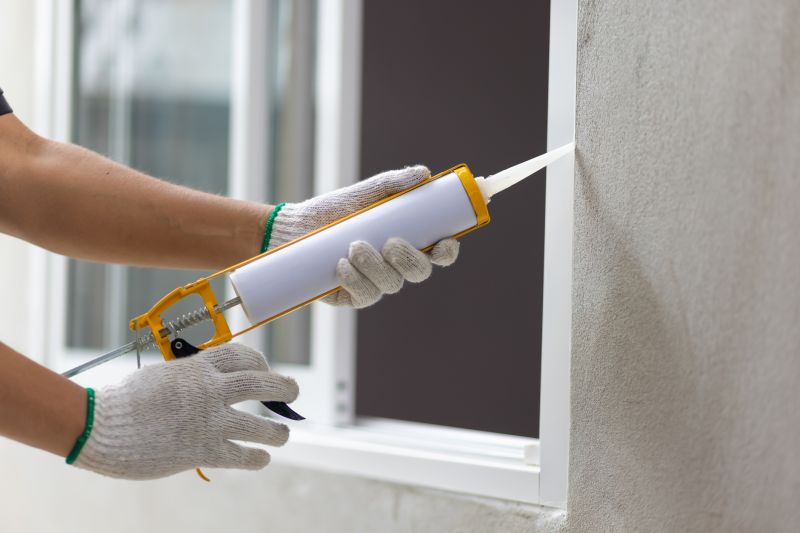
Spring offers ideal conditions for caulking due to moderate temperatures and low humidity, ensuring proper adhesion and curing.
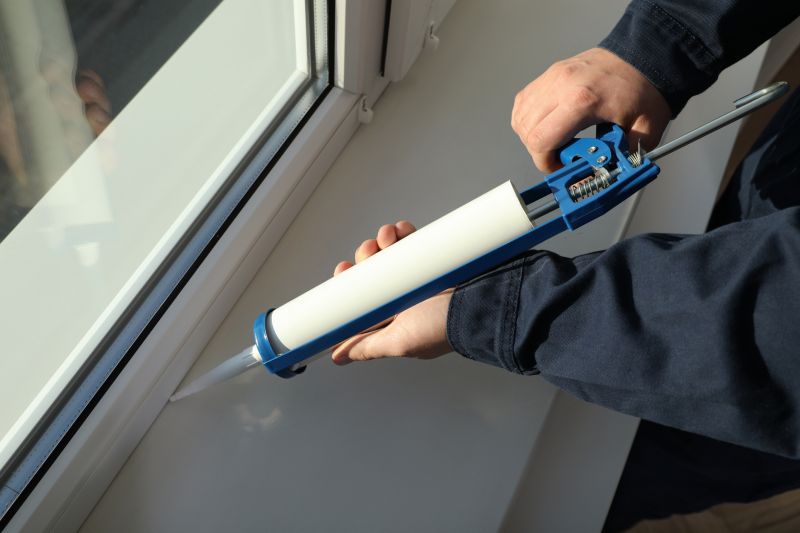
Summertime caulking is suitable when temperatures are warm but not excessively hot, with low humidity levels to prevent issues with curing.
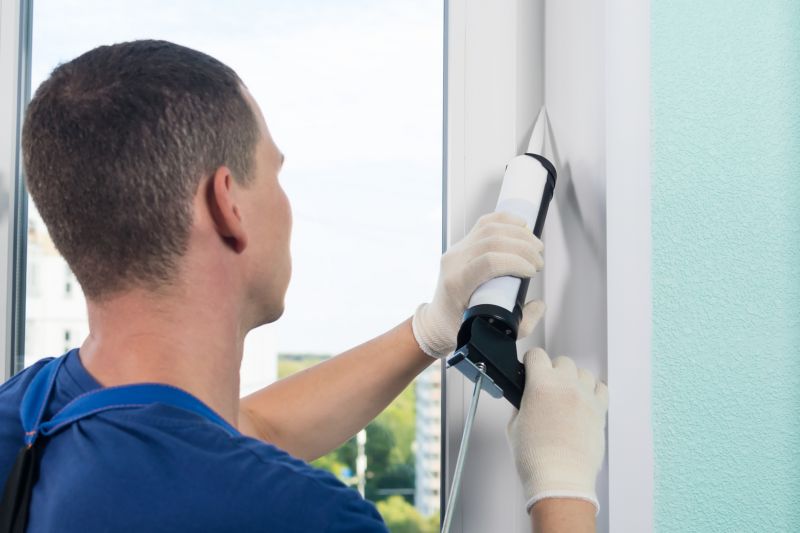
Fall provides cooler, stable weather, making it a good time for caulking before winter, with less risk of rapid drying or cracking.
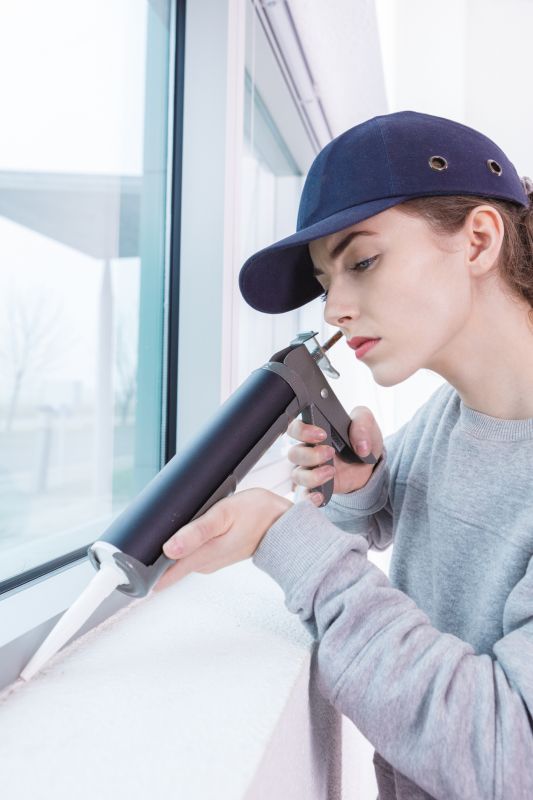
Ways to make Window Caulkings work in tight or awkward layouts.

Popular materials for Window Caulkings and why they hold up over time.
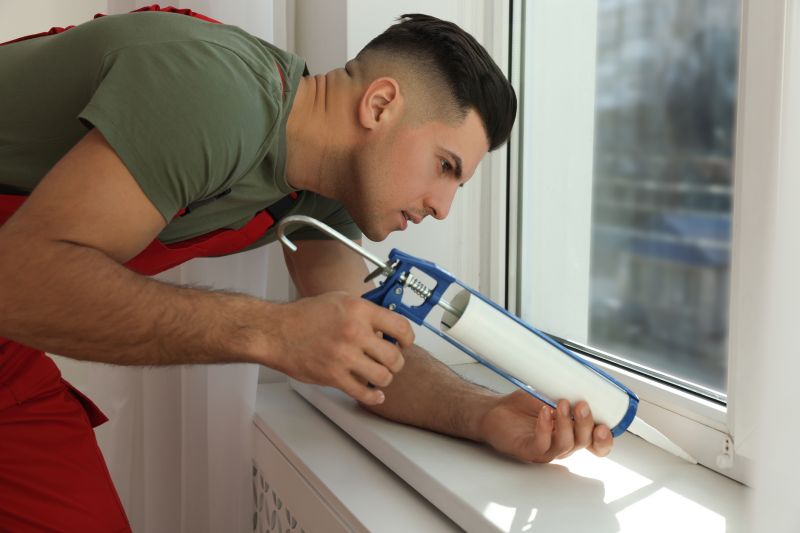
Simple add-ons that improve Window Caulkings without blowing the budget.
Window caulking is a vital component of energy efficiency and weatherproofing. Properly applied caulking seals gaps around windows, preventing air leaks and water intrusion. This maintenance task can significantly reduce heating and cooling costs while enhancing comfort inside a building. The effectiveness of caulking depends heavily on environmental conditions during application, making timing an important factor.
Ideal temperatures for caulking are typically between 40°F and 85°F, ensuring proper adhesion and curing.
Low humidity levels are preferred during application to prevent the caulk from curing too quickly or not adhering properly.
Choosing a period of stable weather without rain or extreme temperature fluctuations ensures the best results.
Clean and dry surfaces before caulking for optimal adhesion and longevity.
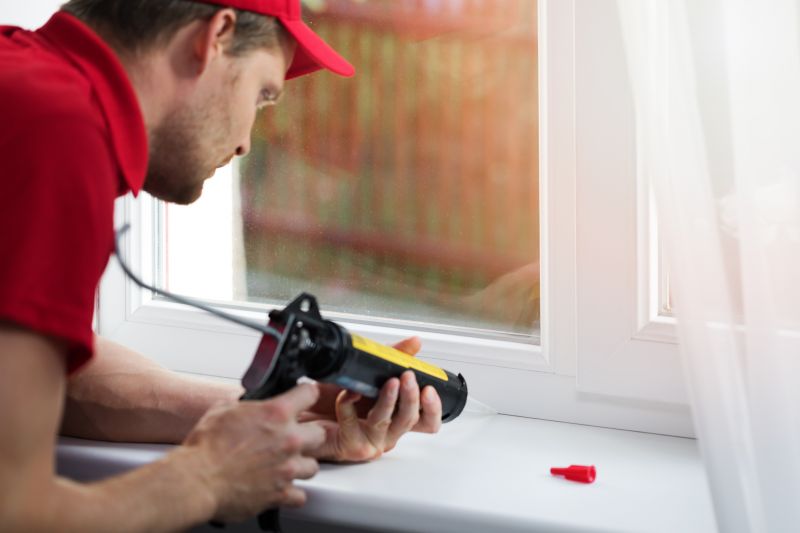
High-end options that actually feel worth it for Window Caulkings.
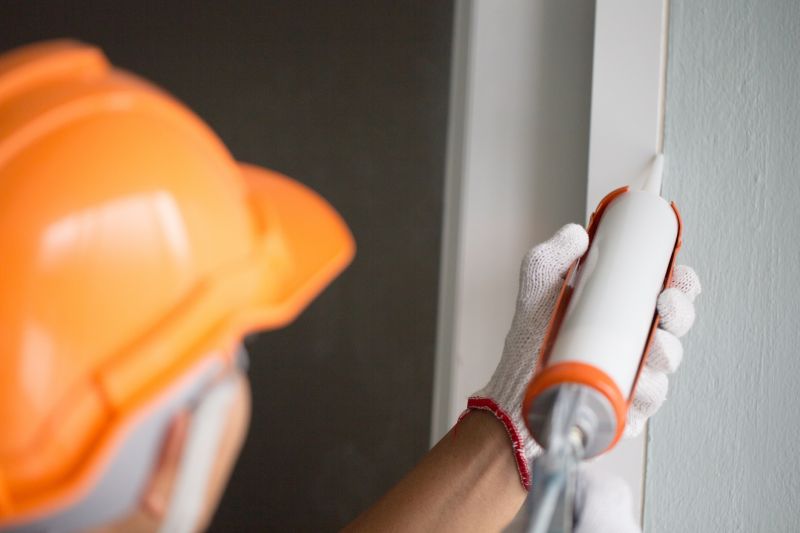
Finishes and colors that play nicely with Window Caulkings.

Little measurements that prevent headaches on Window Caulkings day.
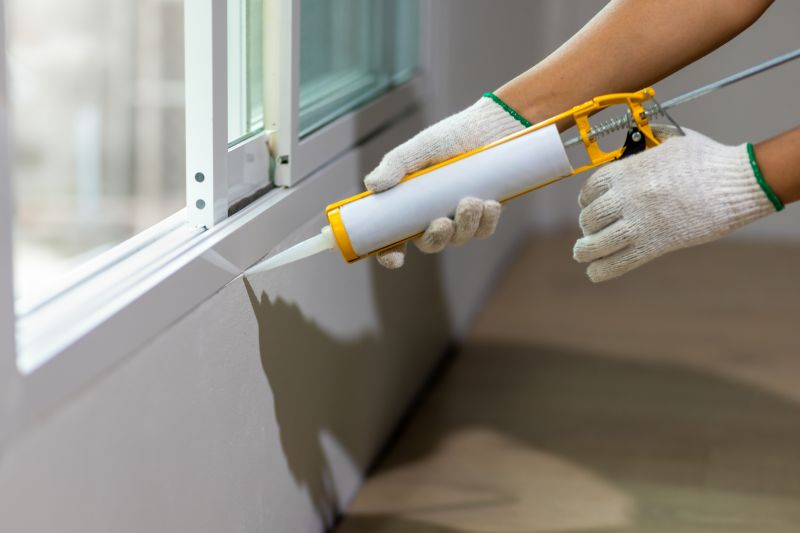
A 60-second routine that keeps Window Caulkings looking new.
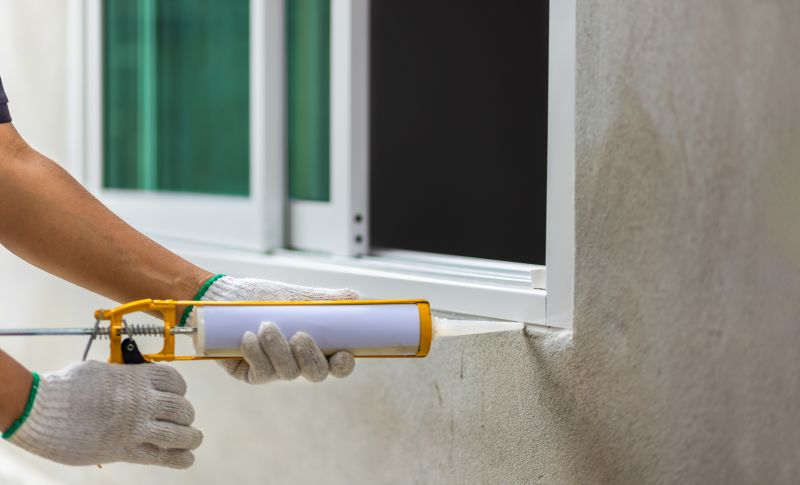
A frequent mistake in Window Caulkings and how to dodge it.

Small tweaks to make Window Caulkings safer and easier to use.
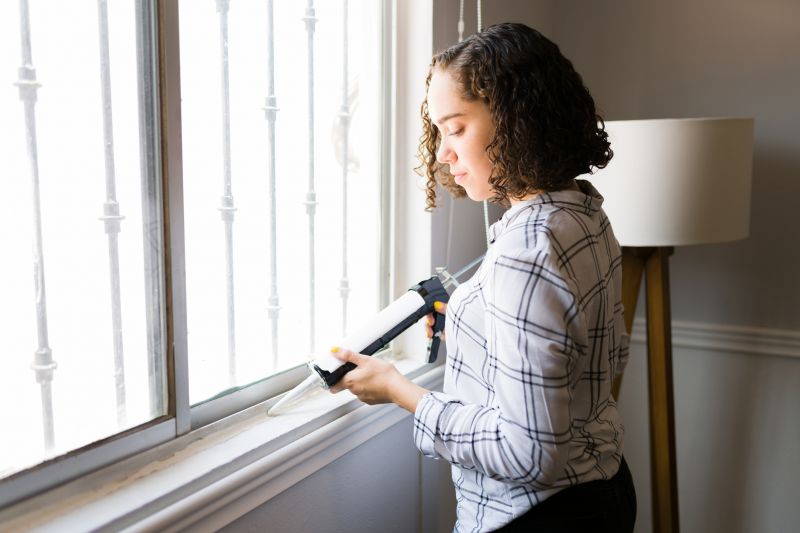
Lower-waste or water-saving choices for Window Caulkings.
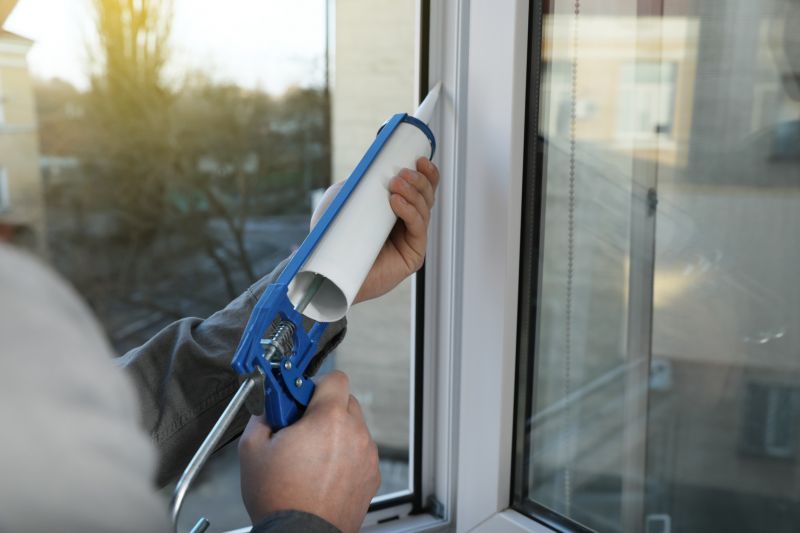
The short, realistic tool list for quality Window Caulkings.
| Season | Advantages |
|---|---|
| Spring | Moderate temperatures and low humidity facilitate proper curing. |
| Summer | Warm weather with stable conditions, suitable for caulking. |
| Fall | Cooler weather before winter, ideal for sealing gaps. |
| Winter | Generally not recommended due to cold and moisture risks. |
| Late Spring/Early Summer | Optimal for new caulking projects. |
| Late Fall | Good for maintenance before cold weather. |
Timing window caulking during seasons with stable, moderate weather conditions enhances adhesion and durability. Avoid application during extreme cold, heat, or rainy periods, as these conditions can compromise the seal's effectiveness and lifespan.
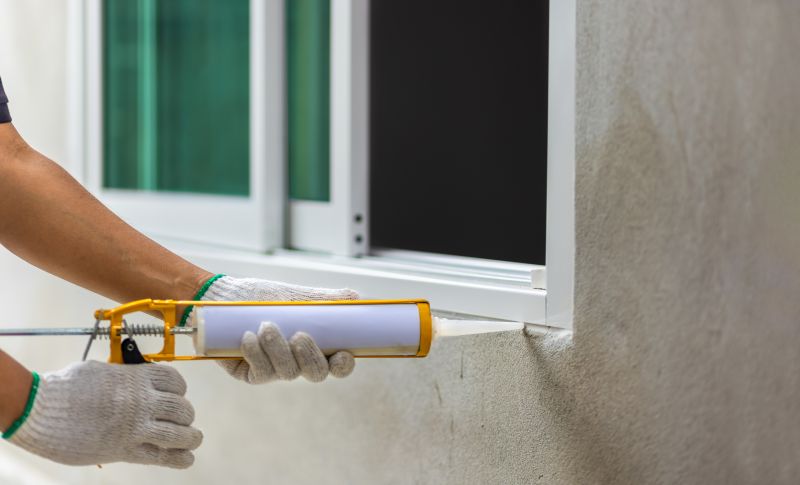
Rough timing from prep to clean-up for Window Caulkings.

Quick checks and paperwork to keep after Window Caulkings.

Examples that show the impact a good Window Caulkings can make.

Ways to make Window Caulkings work in tight or awkward layouts.

Ways to make Window Caulkings work in tight or awkward layouts.
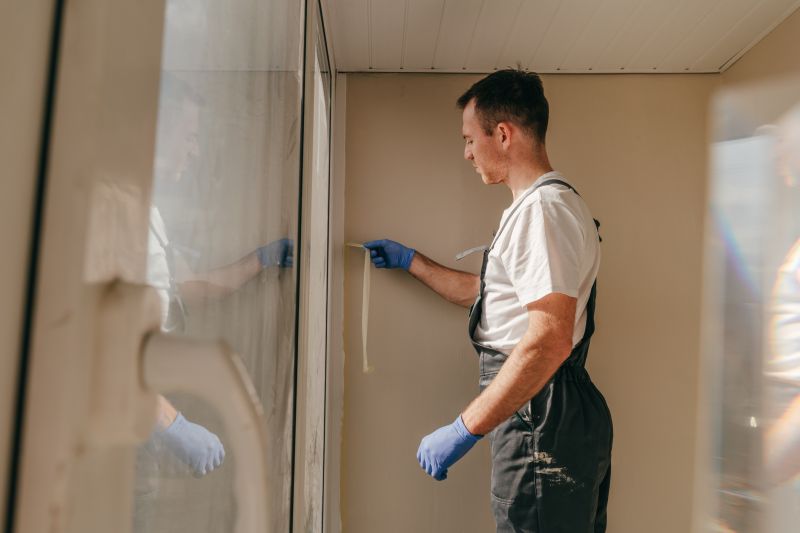
Ways to make Window Caulkings work in tight or awkward layouts.
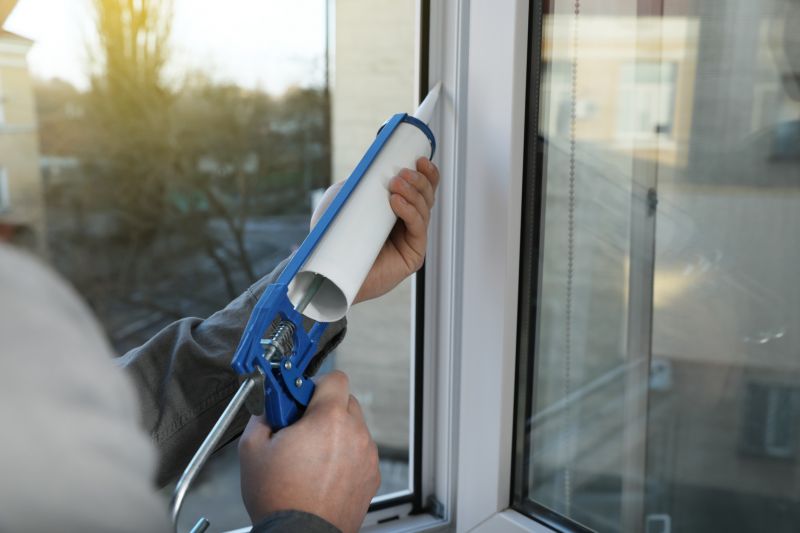
Ways to make Window Caulkings work in tight or awkward layouts.
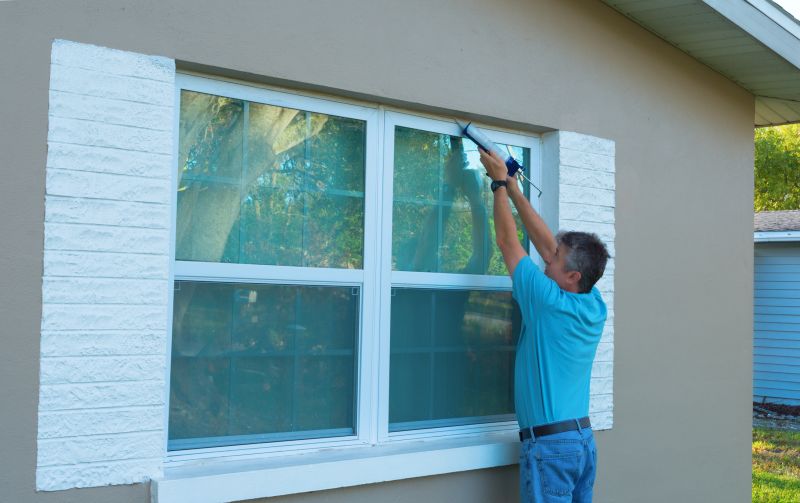
Ways to make Window Caulkings work in tight or awkward layouts.
For optimal results, consider scheduling caulking projects during seasons with predictable, mild weather. Proper timing ensures a better seal, longer-lasting protection, and improved energy efficiency.



